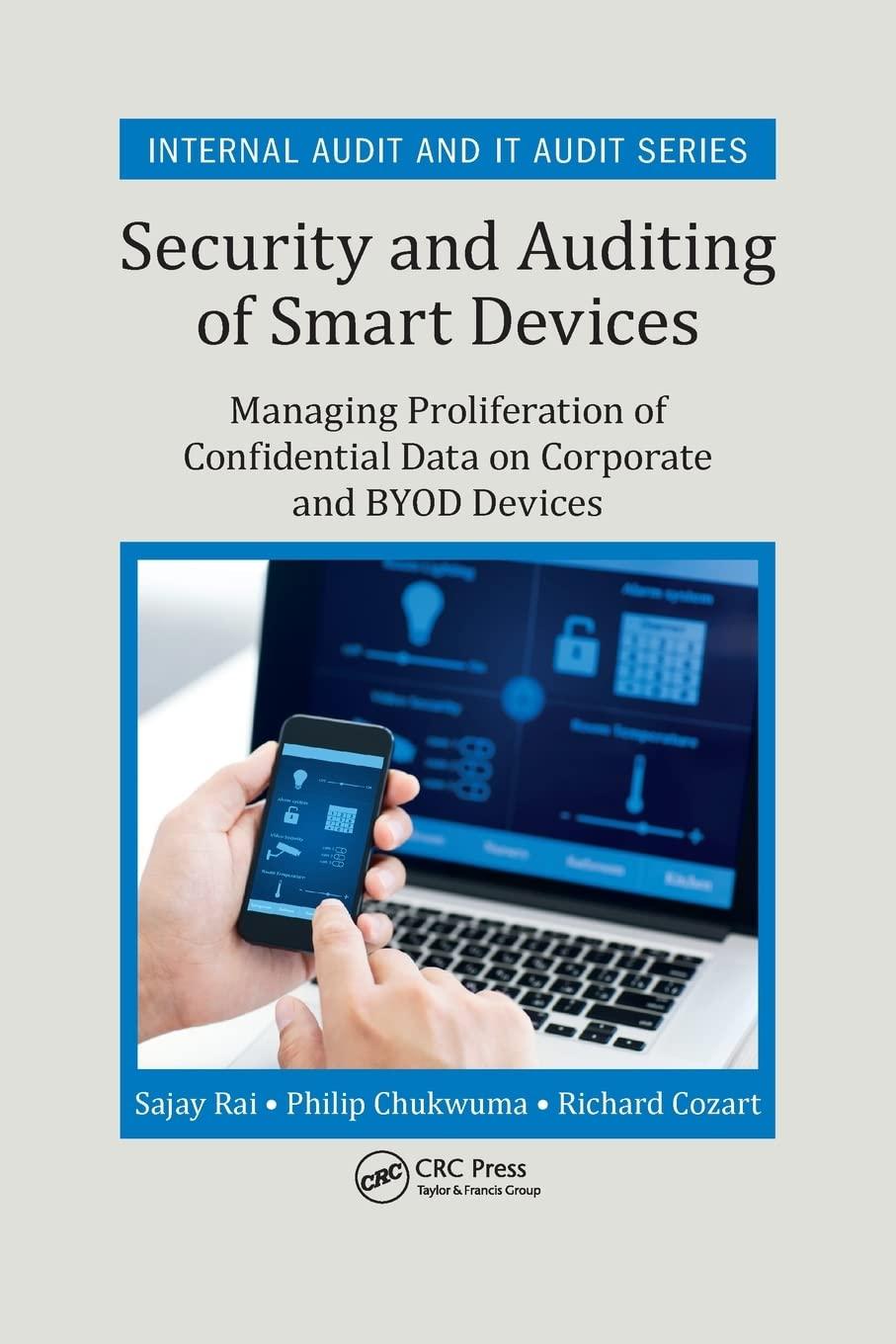Question
On January 31, 2011, we elected to change our costing method for the material component of raw materials, work in process, and finished goods inventory
On January 31, 2011, we elected to change our costing method for the material component of raw materials, work in process, and finished goods inventory to the lower of cost or market using the first-in first-out (FIFO) method, from the lower of cost or market using the last-in first out (LIFO) method. The labor and overhead components of inventory have historically been valued on a FIFO basis. We believe that the FIFO method for the material component of inventory is preferable as it conforms the inventory costing methods for all components of inventory into a single costing method and better reflects current acquisition costs of those inventories on our consolidated balance sheets. Additionally, presentation of inventory at FIFO aligns the financial reporting with our borrowing base under our line of credit (see Note 3 for further discussion of the line of credit). Further, this change will promote greater comparability with companies that have adopted International Financial Reporting Standards, In accordance with FASB ASC Topic 250, Accounting Changes and Error Corrections, all prior periods presented have been adjusted to apply the new accounting method retrospectively.
The retroactive effect of the change in our inventory costing method, including the indirect effect of such change, increased the February 1, 2008, opening retained earnings balance by $4.1 million, and increased our inventory and retained earnings balances by $8.5 million and $5.4 million as of January 31, 2009, by $6.9 million and $4.3 million as of January 31, 2010, and by $7.6 million and $4.7 million as of January 31, 2011, respectively. In addition the change in our inventory costing method, including the indirect effect of such change, increased (decreased) net income by $1.3, $(1.0) and $0.4 million for the years ending January 31, 2009, 2010 and 2011, respectively.
Required:
Why does GAAP require Virco to retrospectively adjust prior years' financial statements for this type of accounting change?
Assuming that the quantity of inventory remained stable during the previous two years, did the cost of Virco's inventory move up or down during that year?
Why does the change promote greater comparability with companies that have adopted International Financial Reporting Standards?
Step by Step Solution
There are 3 Steps involved in it
Step: 1

Get Instant Access to Expert-Tailored Solutions
See step-by-step solutions with expert insights and AI powered tools for academic success
Step: 2

Step: 3

Ace Your Homework with AI
Get the answers you need in no time with our AI-driven, step-by-step assistance
Get Started


